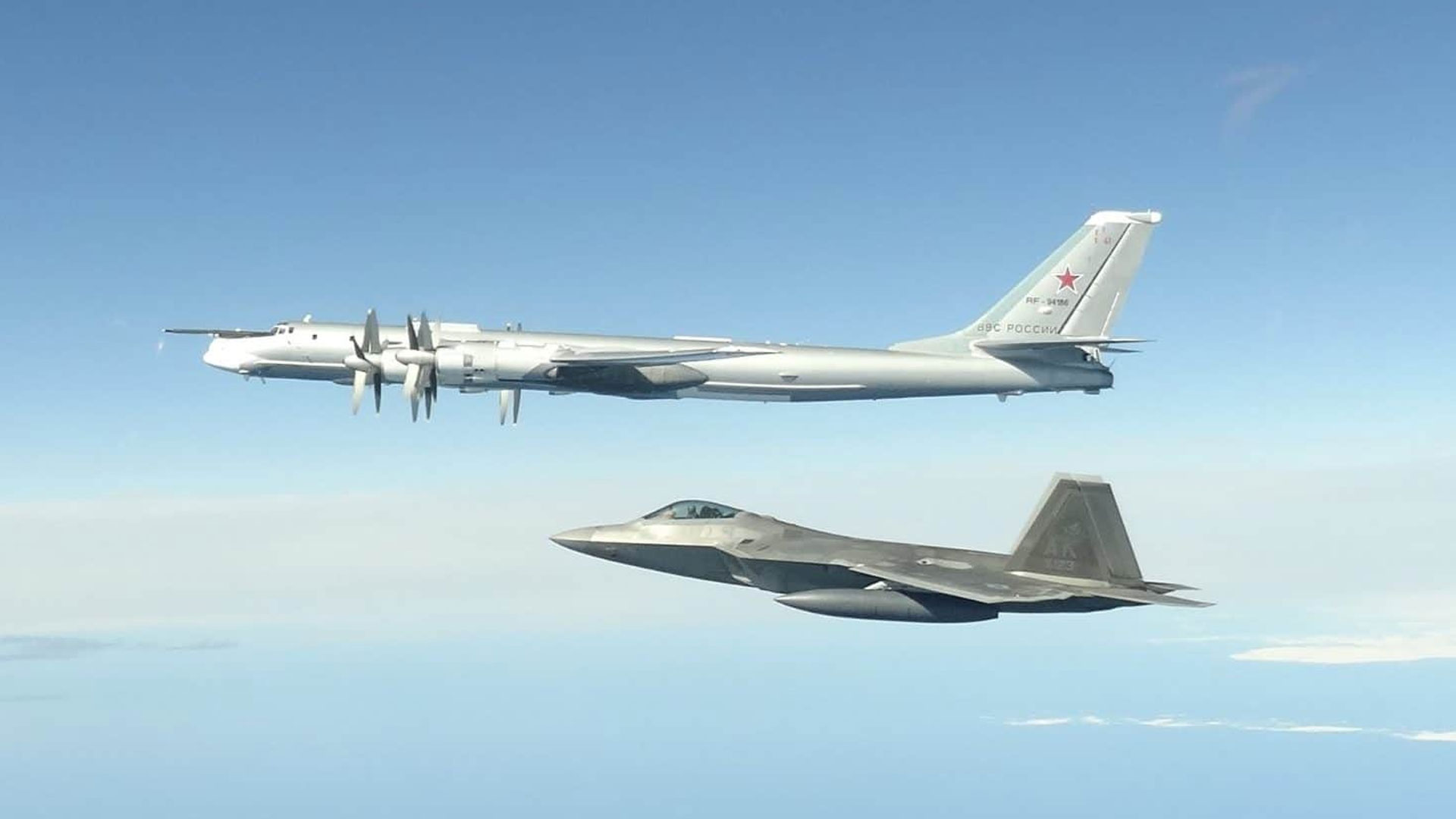Alaska Pilots Entering Closed Airspace Face Sanctions and Jet Escorts
Go Back to News and Updates-

Alaska, Anchorage (AMN) Anchorage saw a rare convergence of events on Monday, with Vice President Joe Biden visiting the city and an F-16 roaring low over its downtown. When President Obama was in town, a NORAD fighter jet was sent to intercept a Piper Super Cub that had flown into restricted airspace and guide it safely to the Lake Hood airfield.
North American Aerospace Defense Command (NORAD) spokesman Captain Alexandra Hejduk said that the organization responded quickly to the airspace invasion because it was prepared for such an event. Two F-16 fighter aircraft were sent from Eielson Air Force Base in Fairbanks to Anchorage to intercept the Super Cub and establish radio contact with the pilot.
Capt. Hejduk added that communicating with the lost pilot via radio and leading them safely out of the restricted area were the major goals of the fighter jet escort. To get the attention of the pilot, they may conduct risky movements like the "wing rock" or the "head butt," but usually far ahead of the aircraft and not too far behind the aircraft. This method often causes the pilot to reestablish radio communication, at which point they are given clearance to leave the restricted area.
"If they do that and the pilot still isn't responding, they'd do a flare," said Captain Hejduk. An F-16 dropped a flare southeast of Joint Base Elmendorf-Richardson (JBER) to attract the attention of the pilot.

Whether the airspace breach was accidental or intentional is one of the many unanswered questions surrounding the Anchorage incident. However, the efforts of the fighter jet prevented a crisis from occurring during the President's visit.
Capt. Hejduk stressed that temporary flight limitations are not unusual and may be applied for a variety of reasons, including wildfires, big events, or military actions. NORAD plays a critical role in enforcing these limits regularly, and it’s just part of what they do.
Monday's trip with a Piper Super Cub had mysterious beginnings, but airport police cars brought it safely to Lake Hood. According to FAA spokesperson Rick Breitenfeldt, an inquiry has been opened into the event, and the agency will take measures ranging from warnings to license suspensions or revocations if necessary.
The FAA has not commented on the current inquiry, and the name of the pilot of the Piper Super Cub has not been revealed. Pilots flying to and from fall hunting camps, remote cabins, and other destinations bring several light aircraft to and from Anchorage.
The incident has prompted widespread consternation among pilots. Mark Phillips, a seasoned Alaska pilot and the treasurer of the Alaska Airmen's Association, called it a "pretty big blunder," given the specific FAA restrictions in effect for Anchorage owing to its heavy air traffic from planes of all sizes and the city's five airports.
No pilot wants to be flying along and suddenly see an F-16 fighter jet outside their window demanding their attention. He stressed the necessity of completing pre-flight preparations and an understanding of airspace regulations.
As a result of this accident, it's more important than ever for pilots in Alaska to study up on airspace rules and regulations before taking off on their journeys.
The source link is given below:
Watch the video by clicking the following link:

